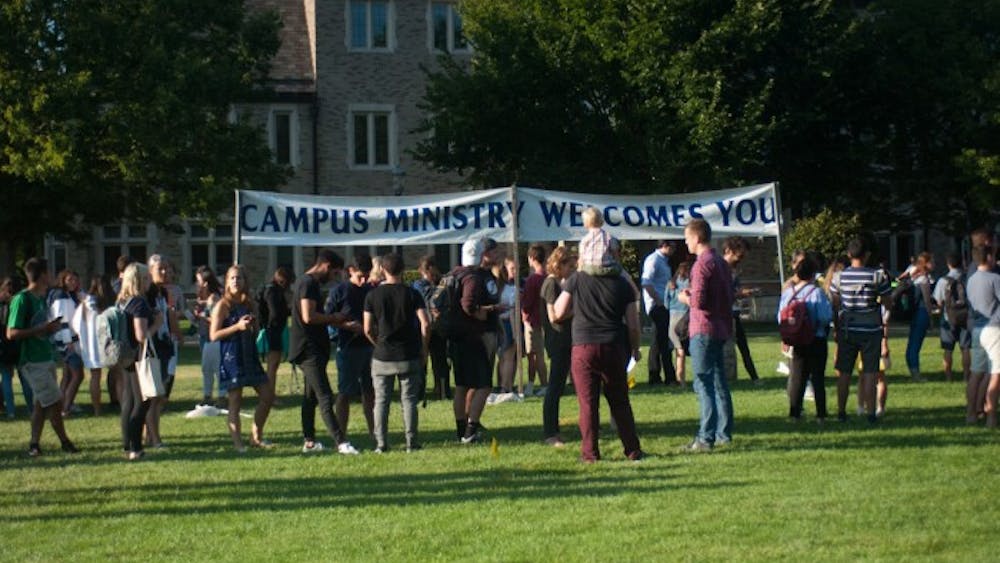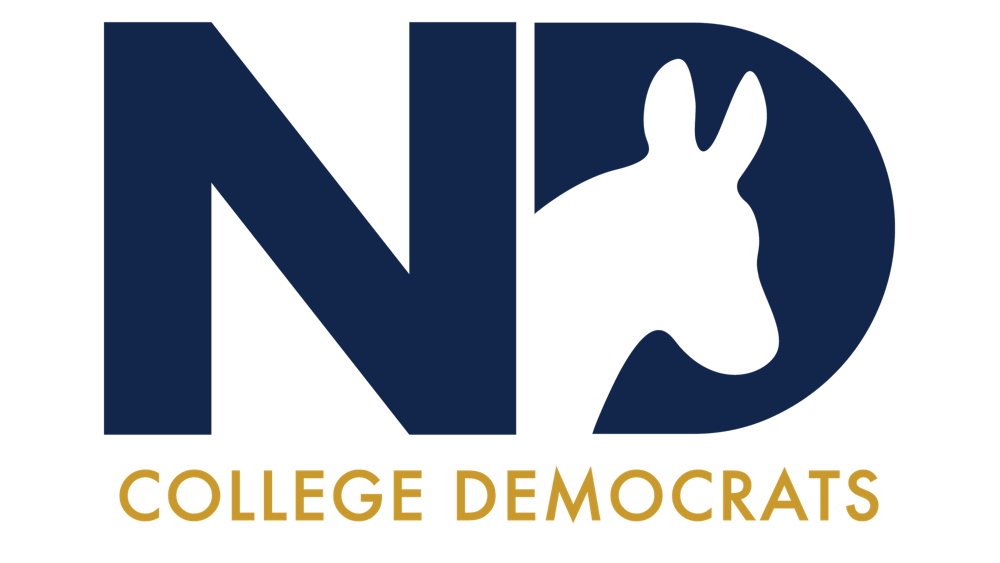The process of domestication is one of the coolest things our ancestors figured out how to do. Starting around 13,000 years ago, they began selectively breeding crops for traits that were beneficial to humans. Around 2,000 years later, they figured out how to do the same thing with animals, directing the evolution of a species away from its wild form, which was better fit to survive in nature, and toward a domesticated form which was better fit for human use.
Alfred Russell Wallace, the co-discoverer of natural selection, describes a wild animal as having “to search, and often to labour, for every mouthful of food – to exercise sight, hearing and smell in seeking it, and in avoiding dangers, in procuring shelter from the inclemency of the seasons, and in providing for the subsistence and safety of its offspring. There is no muscle of its body that is not called into daily and hourly activity; there is no sense or faculty that it is not strengthened by continual exercise.”
A domesticated animal, on the other hand, “has food provided for it, is sheltered, and often confined, to guard it against the vicissitudes of the seasons, is carefully secured from the attacks of its natural enemies and seldom even rears its young without human assistance. Half of its senses and faculties are quite useless; and the other half are but occasionally called into feeble existence, while even its muscular system is only irregularly called into action.”
This dichotomy is easy to see when you compare the life of a suburban pet to its wild counterpart. While wolves must constantly exercise almost all their senses and muscles in order to survive, most dogs can’t put more than a long walk to the park on their resume and rarely worry about anything other than when we will get home to feed them. Thus, the environment of a wolf is unsheltered, inconsistent and dangerous, while the environment of a dog is sheltered, static and safe.
These differences explain why dogs and wolves have evolved in such different ways. Dogs don’t face the same natural challenges that wolves do, and wolves don’t face the same artificial pressures that dogs do. The result is that dogs have evolved to make great pets for us but subpar survivalists, while wolves have evolved into survival experts but unwelcome house guests. Such is the process of domestication, and humans have repeatedly used it to make other species better fit for our use.
So far, you may be thinking that this is obvious and irrelevant, but what if I told you that we actually began domesticating ourselves long before we figured out how to do it to other species? Instead of dogs and wolves, let’s consider ourselves and chimpanzees, our closest evolutionary relatives. Why did we become music-making, beer-brewing, gift-giving, bread-breaking, race-running humans while our sister lineage retained a wild existence within the forest?
The simple answer is that, through culture, we stumbled upon a social system of inheritance. It allowed us to pass down beneficial extrasomatic technology and knowledge from each generation to the next. Eventually, this information allowed our ancestors to increase the fitness of their offspring by constructing a more favorable niche for them to inhabit. In doing this, they made an environment where their descendants faced less natural challenges but more artificial pressure from culture. Sound familiar?
We’re not the only animal that does this. Beavers do something similar when they build a dam and make the ecosystem around them more favorable for their offspring. When we do it through culture, however, we create a dramatically different environment than the natural one we would otherwise be forced to exist within. The result is that our environment becomes sheltered, static and safe, while that of our sister species, chimpanzees, remains unsheltered, inconsistent and dangerous.
So the reason why we became city-builders and chimpanzees became forest-dwellers is that we are a self-domesticated ape, and they are a wild one. Just like dogs and wolves, we are better house guests and they are better survivalists. Neither we nor they are superior to the other, just different, because we evolved under different pressures. For chimpanzees, this pressure was constantly challenging their ability to survive in the wild, and for us it was constantly forcing us to become a more cultural creature.
This explains why Harvard anthropologist Joseph Henrich said that “undergraduates sometimes ask [him] if human evolution has stopped or reversed. Their intuition is that … natural selection somehow isn’t acting to better adapt us to the ‘natural world,’ the world without culture.”
In a way, they are right. While we are still evolving, the pressure from selection stopped favoring adaptations to ‘the natural world’ a long time ago. Instead, it began favoring biological adaptations that make us better adapted to the cultural world we create because culture is our adaptation to the natural world.
This helps explain why we are so strange compared to other wild animals. The answer lies in the fact that we aren’t wild anymore. We are captives of our culture, and while our culture is evolving to better combat the challenges of the natural world, we are evolving as a domesticated species caught in its web.













